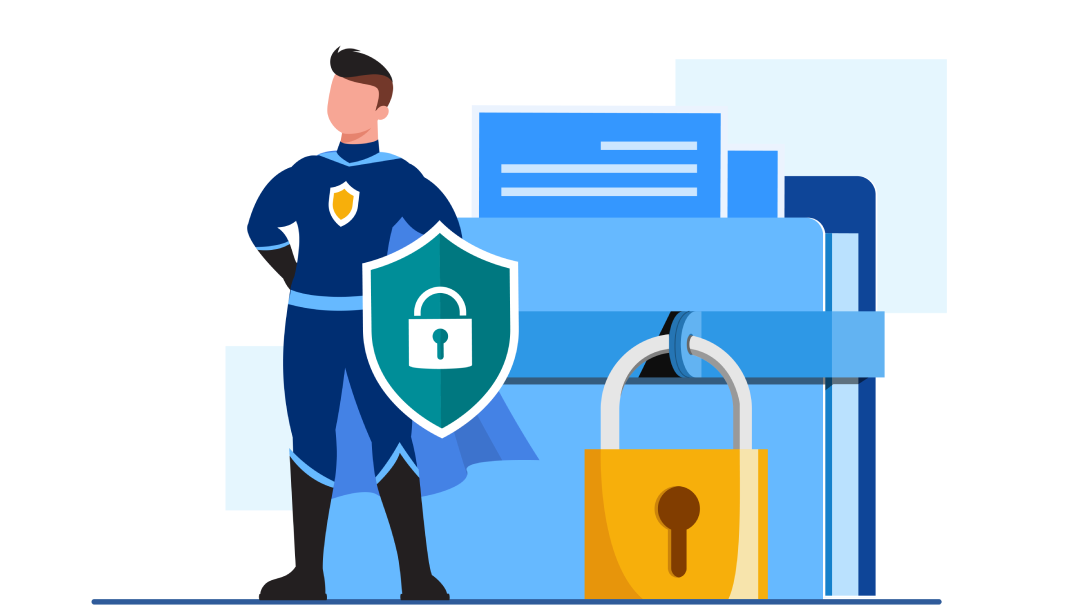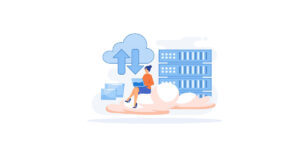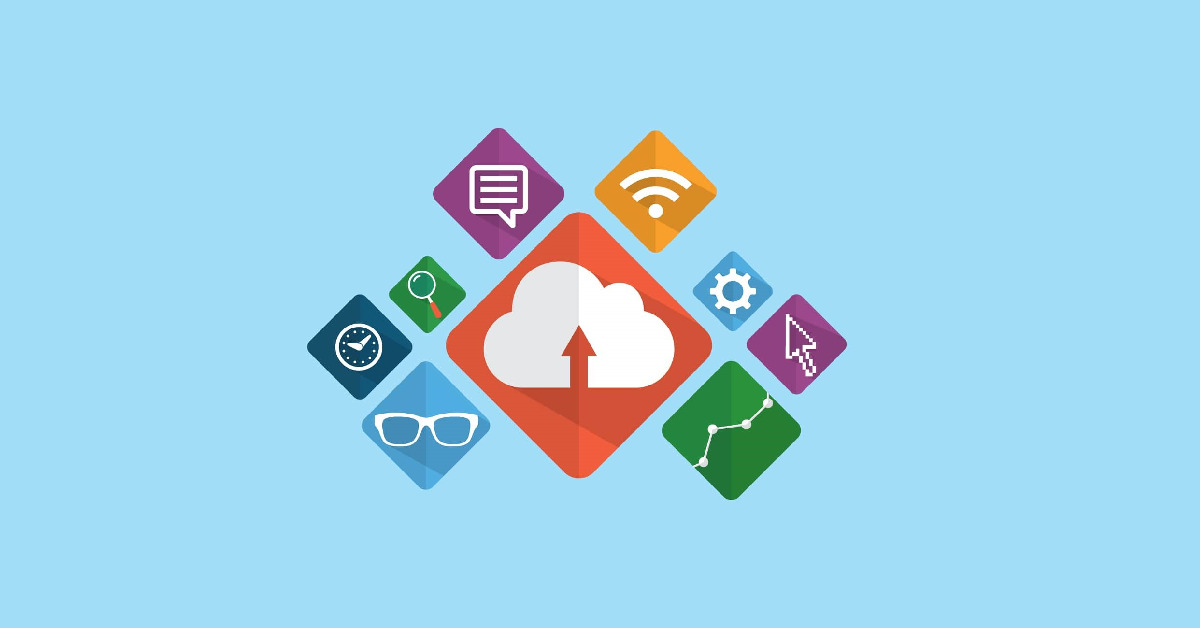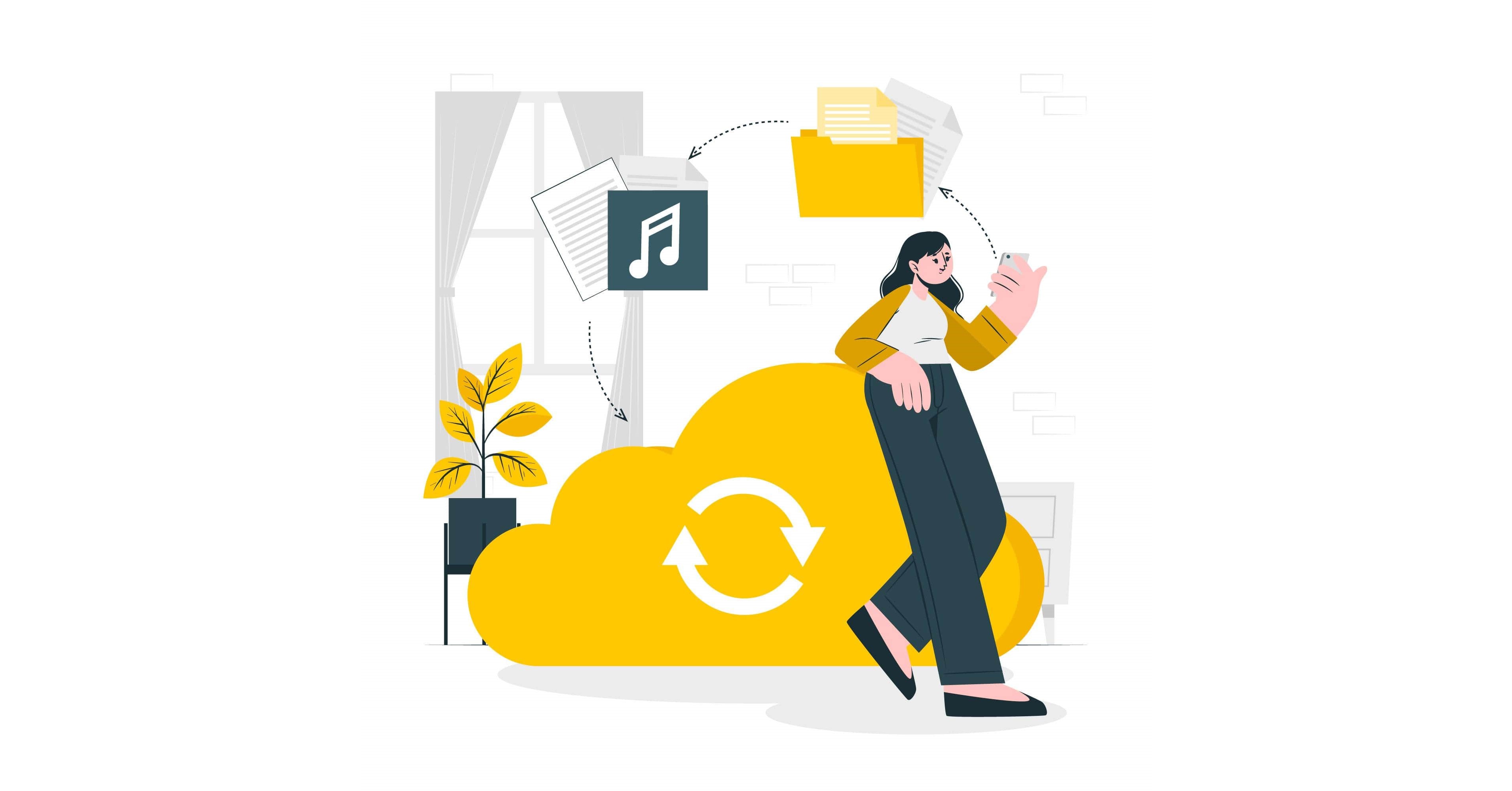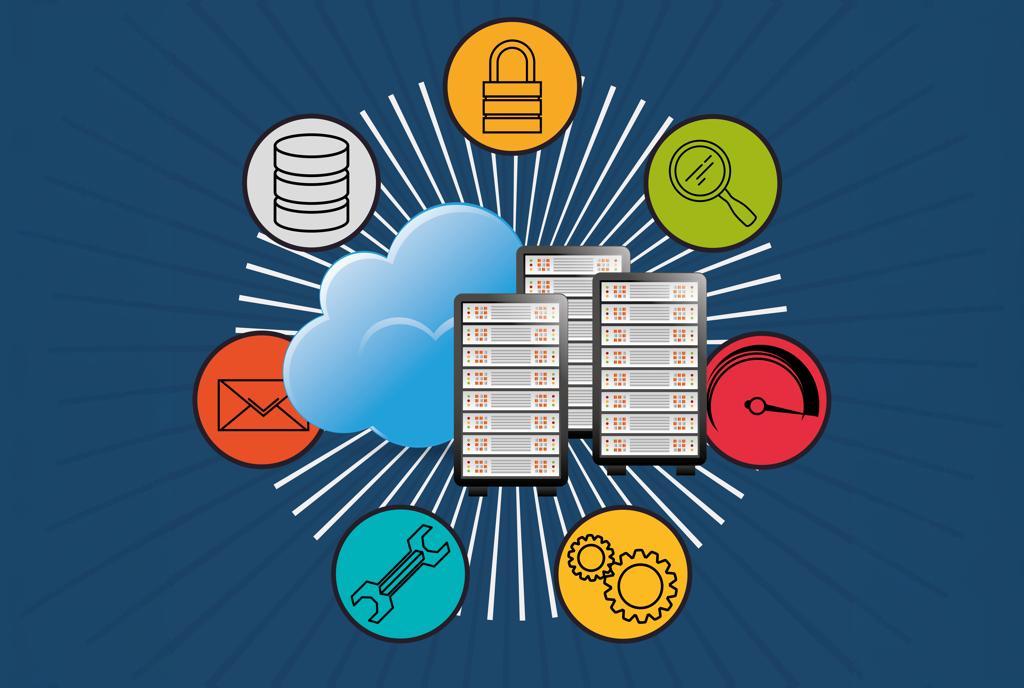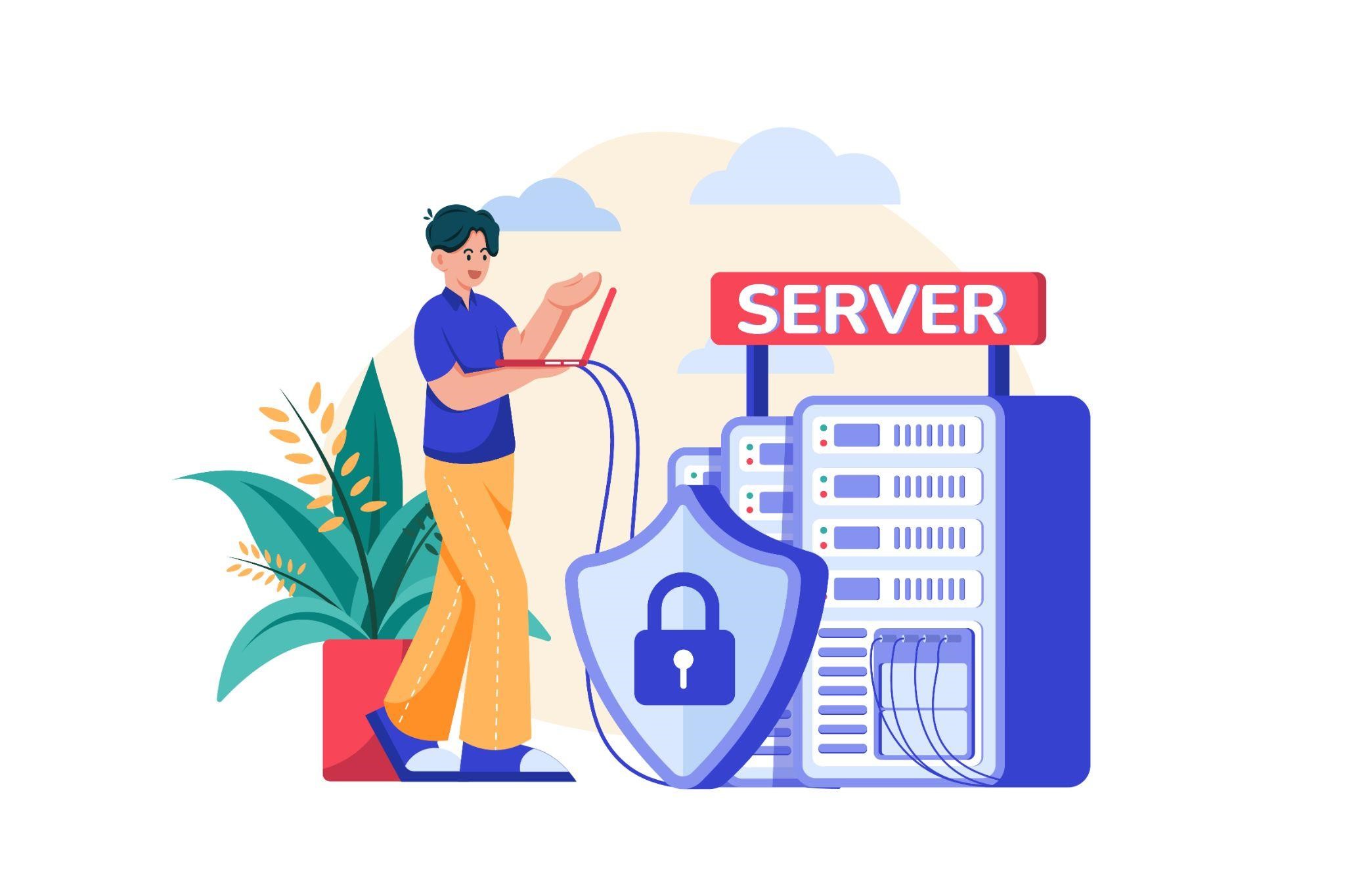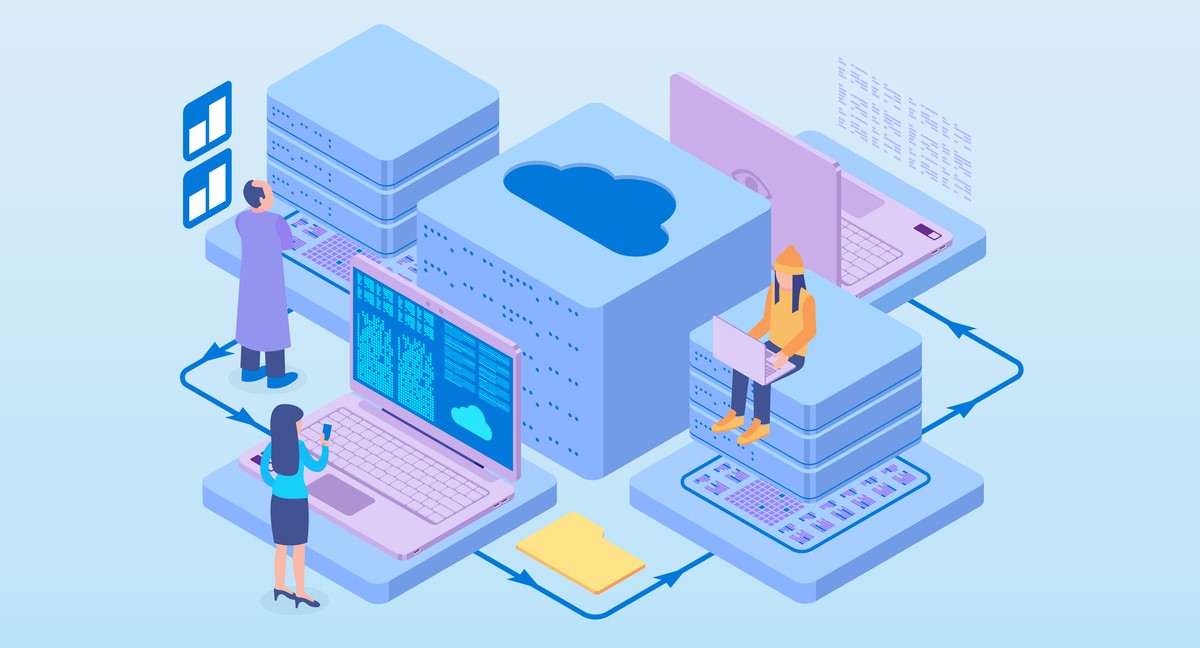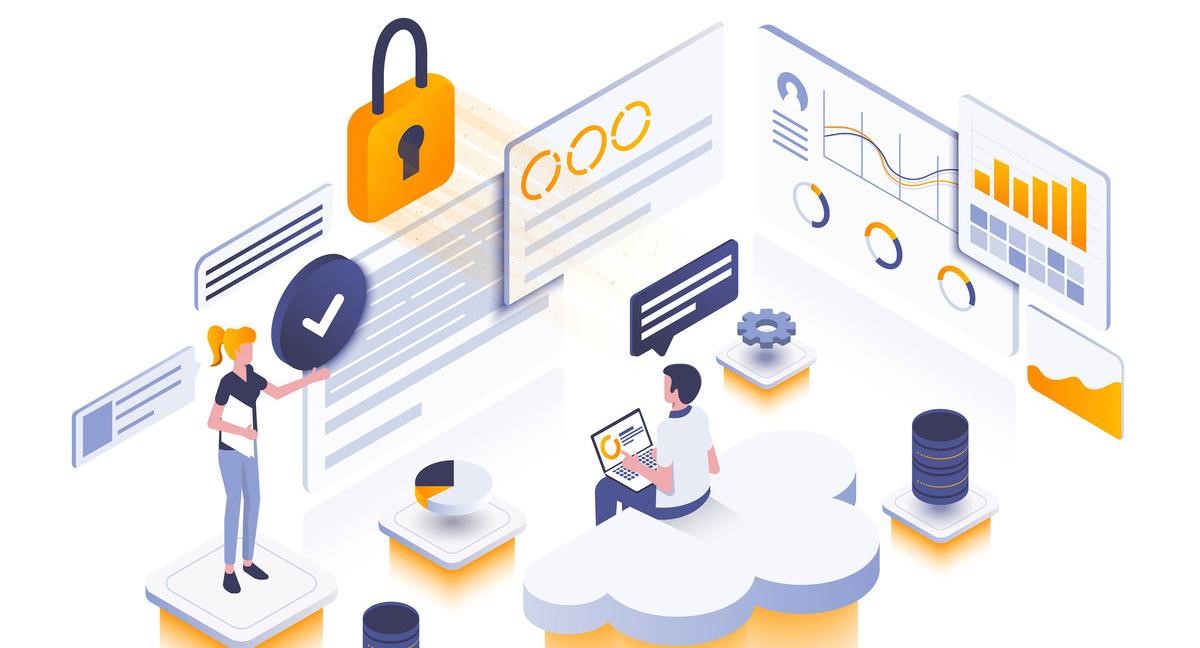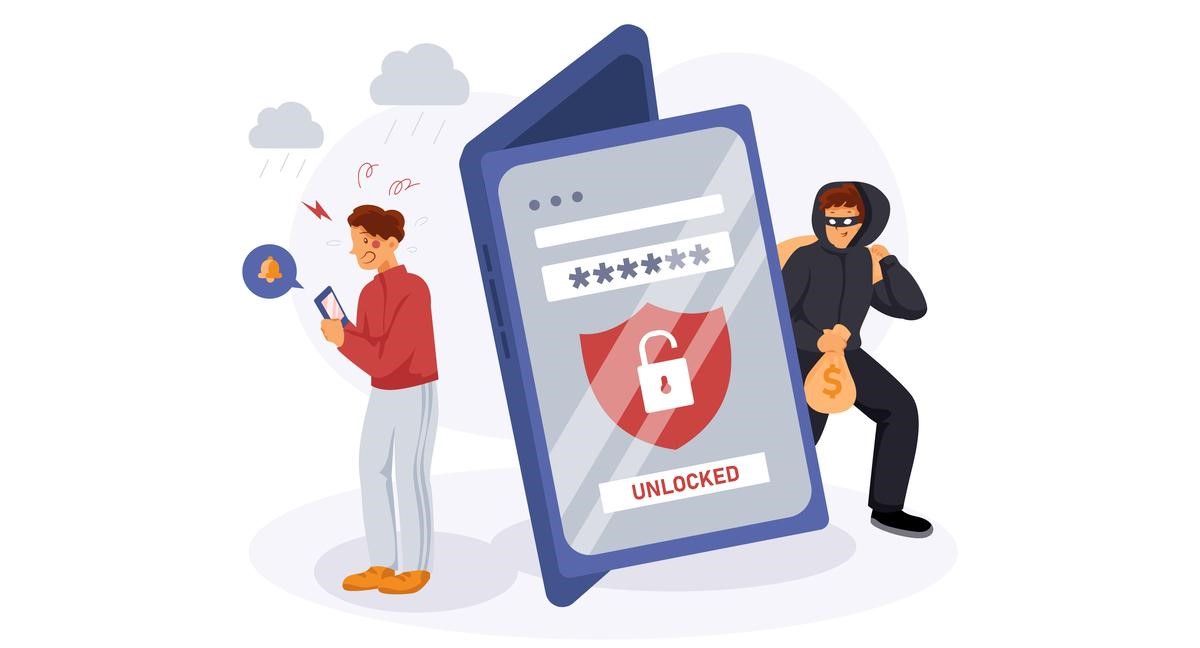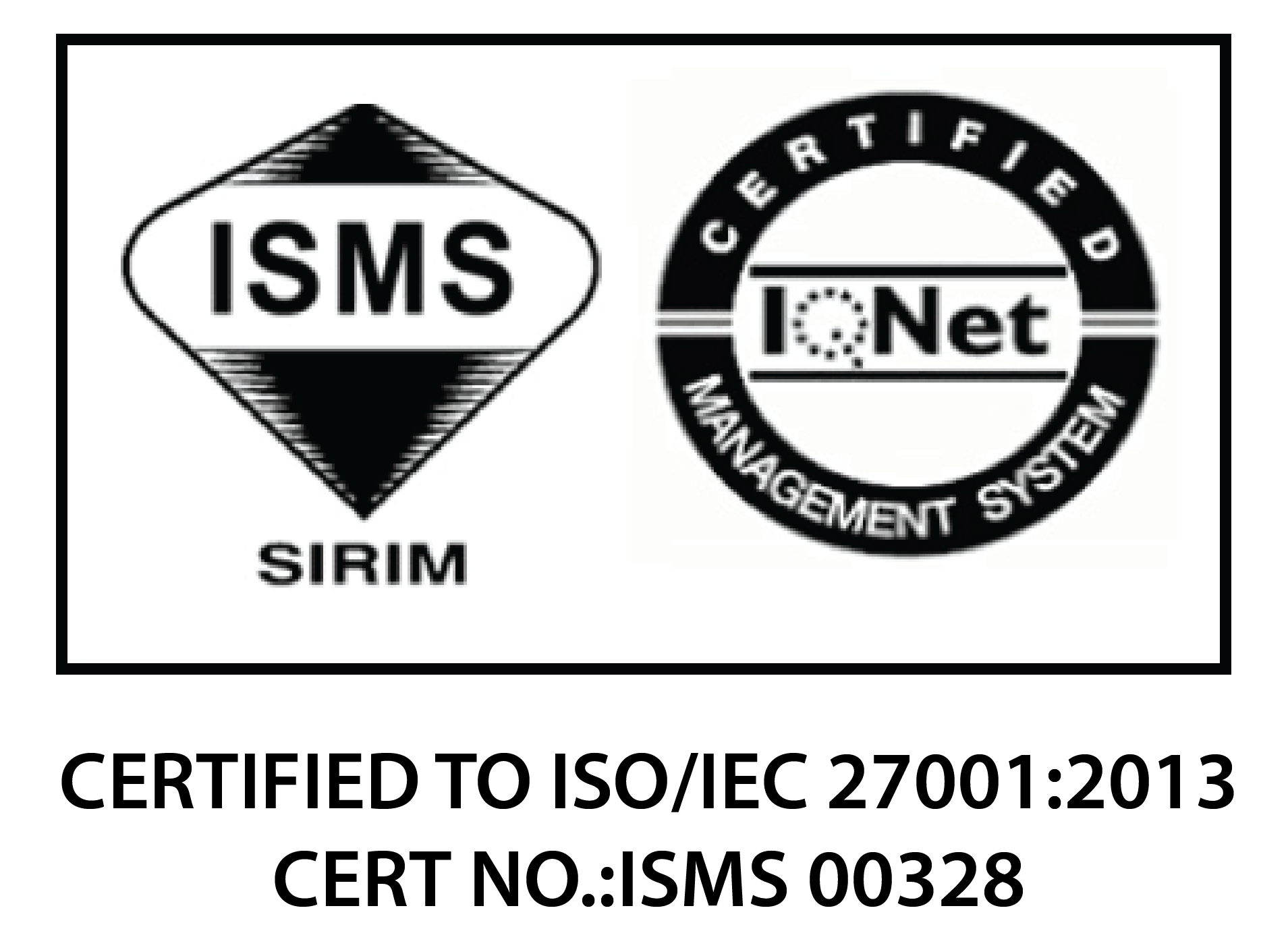There’s no getting around the fact that workplace security risk is a real problem. With the widespread use of technology and its reliance on connectivity, it’s a prime market for malware.
Vulnerabilities in your security protocols can compromise your financial situation and endanger your future.
However, there are solutions to keep your assets secure. The first step is to discover and prepare a plan to counter cyber-attacks.
Below you’ll find a collection of workplace security risks to consider as you create an action plan to strengthen your company’s defences.
7 Workplace Security Risks To Prepare For
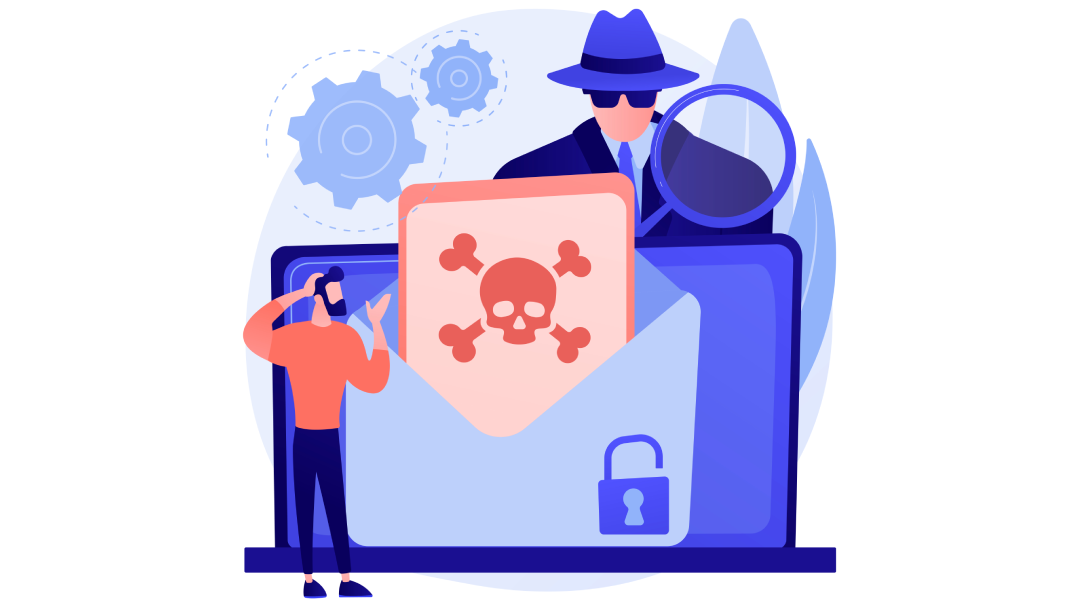
1. Malware
The most common form of security risk is malware. Malware is when an unwanted piece of programming enters your system, causing unusual behaviour.
This ranges from denying access to programmes, deleting files, stealing information, and more.
Workplace security risks are damaging to a company. Thus, IT professionals need to set up strict security protocols to protect against these security risks.
2. Phishing Emails
Phishing scams are an older form of security risk. In these types of scams, an end-user receives a message or email requesting sensitive data, such as a password.
As the phishing message appears official, many individuals click on the links and accidentally give away sensitive information.
Nonetheless, phishing messages are often filled with spelling and syntax errors. Therefore, adopting a common-sense approach to security is the best prevention.
Moreover, official emails do not request personal data, so this is a giveaway that there is malicious intent.
3. No Cybersecurity Policy
As an increasing number of people are choosing to work remotely, many are falling into phishing email attempts. Therefore, it is vital to have a security risk policy.
An annually updated workplace security risk policy will:
- Identify the security risks present in your company
- Detail the policies, procedures, and oversight processes
- Enforce security policies to safeguard company networks and information
- Identify and address the risks related to client information and vulnerabilities in financial features
- Define and manage third-party risks
- Detect unauthorised activity
4. Password Theft
There are several ways you can lose a password. For instance, hackers may guess the password or use “brute force” programmes to go through thousands of potential attempts.
They may also steal it from an unsafe location or trick a user into giving it away.
Hence, two-factor authentication is an effective protection method, as it requires an additional device to complete the login. Additionally, using complicated logins thwarts brute force attempts.
5. Traffic Interception
Traffic interception occurs when a hacker steals information sent between a user and host.
Excellent preventive methods include avoiding accessing compromised websites and installing a network traffic tool, such as a VPN.
6. Social Engineering
Similar to phishing, social engineering deceives users into giving away their details.
Users should remain sceptical of suspicious messages, friend requests, emails, or attempts to collect user info from unknown third parties.
7. Trojan Virus
A Trojan malware is a security risk attempting to deliver its payload by disguising itself as legitimate software. It sends out an alert stating that the user’s system was compromised, recommending a scan; however, the scan actually delivered the malware.
Because of this, users should avoid downloading programmes from unrecognised vendors or those that attempt to alert the user of a problem with their system.
Cybersecurity risks are constantly transforming. Hackers are continually coming up with new methods to gain entry into your network and seek new tactics for ransomware. While it may seem challenging to address cybersecurity risks, understanding them is the best way to defend your networks and systems better.
Aegis Cloud Data Protection and Disaster Recovery
In today’s digitalised era, many companies have engaged multiple technological platforms and tools for daily operations. More specifically, web applications, Software-as-a-Service (SaaS) applications, databases, etc.
While cloud services come pre-installed with security features, they must undergo configuration by the organisation. If not, security misconfiguration resulting from negligence or human error can lead to a breach in security.
With over a decade of experience, Aegis offers data protection and cloud disaster recovery services that continuously monitors IT systems and identifies information security gaps. We ensure 24×7 proactive monitoring and support all year round with unlimited disaster recovery resources and certified DR drills.
Aegis is also an ISO 27001 Information Security Management System (ISMS) certified since 2019.

